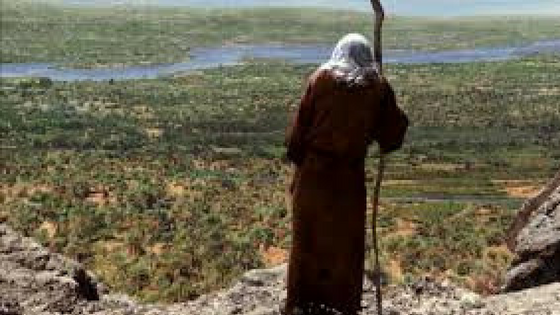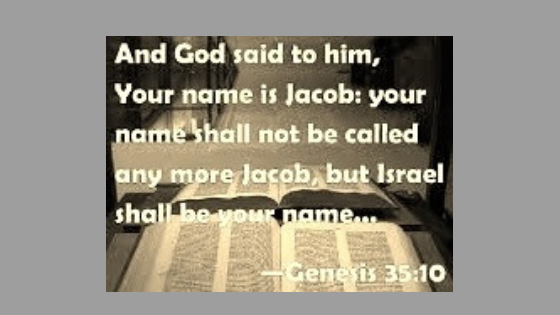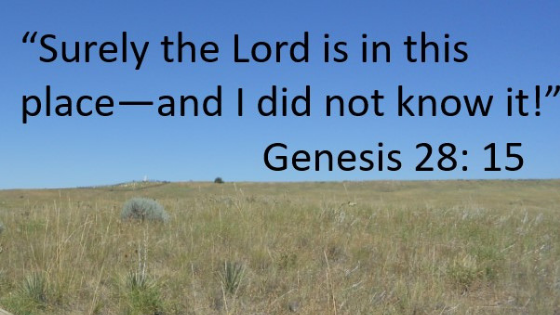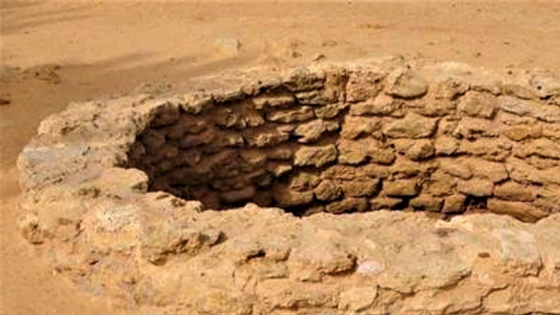Shabbat Table Talk
Parashat Mattot/Massei—Erev Shabbat July 13, 2018
Week of July 8-14, 2018
Torah portion: Numbers 30:2–36:13 Haftarah: Jeremiah 2:4-28,3:4, 4:1-2
Download
 This week’ reading represents a perfect conclusion of the Fourth book of Torah having its focus in the main theme of the whole Book of Numbers: journey in the wilderness. This great experience of being strangers and pilgrims filled with desire to inherit the Promised Land determines the origins of Israel.
This week’ reading represents a perfect conclusion of the Fourth book of Torah having its focus in the main theme of the whole Book of Numbers: journey in the wilderness. This great experience of being strangers and pilgrims filled with desire to inherit the Promised Land determines the origins of Israel.
Formally, our Torah portion consists of a variety of legal prescriptions that have to do properly with the inheritance of the Land. All the precepts, even though several of them seem especially cruel and anti-human [cf. manslaughter explicitly requested by Moses in Num. 31:15ss.], put forward divine necessity of preservation in purity and chastity the holy root of people of God. In this sense, their pilgrimage in the desert and fighting with the enemies of Their God, initiated in nearby Egypt, has profound spiritual meaning. This sacred war at the center of which stays faithfulness and firmness of divine will to save the “little ones” [it is the meaning of the Hebrew root “aman”: “to be stable”; hence derives the substantive “emet”: truth] continues and will continue till the consummation of the world.
This eschatological dimension of the wandering in the land of aloneness, hostility and rejection [i.e. the “land of not existence”, because the Presence of God is the synonym of very being and very life] was especially treated by the Rabbinic exegetical tradition. Taking an example from the teachings of the Lubavitcher Rebbe we discover two striking metaphors rooted in the polysemy of Hebrew words. So, apart from the toponymal “Egypt” that hides in it the word “misrayim”, there is a second meaning: “confinement”. In contrast with this symbolic name which depicts a negative state of mind (strict, rigid, not comprehensive typical of oppressors) the famous metaphor of the “Land of Israel”, on the contrary, is bound with the idea of “spaciousness”, fertility and openness and, consequently, with spiritual openness of mind, spacious reality of inner peace and harmony with God! An important turning point is provided by the passage from negativity to positivity, from slavery to liberty, from closure to disclosure, from justice to mercy builds a new hierarchy of values typical of God’s creation: everything is and must be “good enough”!
Viewed from this point, a long section of the present Parashah built on the contrasts [an idyllic tonality of laws regarding the vows, inheritance and dividing the Land as well as construction of the towns for refugees by the tribes of Israel, i.e. the highest manifestation of love, compassion, and respect for human beings, from the one side; strict legalistic application of lex talionis in the account of termination of the enemies of God, – from the other] represents his own integrity and pragmatism while taking part in this complex reality of historia salutis [history of salvation]. Among the Prophets, it is especially Jeremiah who points out the beginning of this history – wandering in the desert – called by him as a “time of primeval love” (Jer. 2:2). This beautiful metaphor of intimate relationship between people and God, never abrogated by transgressions nor infidelity of Israel, teaches us not to avoid negative experiences, but, moreover, integrate such sorrowful pages of our existence into the wideness of the divine plan of salvation whose other name is the “hesed”: “mercy”.
For Reflection and Discussion: 1. What is my personal experience of being pilgrim, stranger, outsider or even looser, in the eyes of others? 2. Is it possible to accept injustice, pain or trouble solely claiming for God’s mercy? 3. How do I contribute to insert my limited daily lifetime into the eternal divine plan of salvation?
Bibliography: Plaut, The Torah. A Modern Commentary (New York 2006); Dov Ben-Abba (Ed.), The Signet Hebrew-English English-Hebrew Dictionary (Israel); Likkutei Sichot, Vol. II, pp. 348-353, taken from: “Torah Studies: Massei” (chabad.org, 2018).
This week’s teaching commentary was prepared by
Hieromonk Philotheus (Artyushin), Moscow Theol. Academy, Doctorate in Biblical Theology,
Bat Kol alumnus 2011
artyushins@yandex.ru
[Copyright © 2018]
.…………………………………………………………
PLEASE NOTE: The weekly Parashah commentaries represent the research and creative thought of their authors, and are meant to stimulate deeper thinking about the meaning of the Scriptures. While they draw upon the study methods and sources employed by the Bat Kol Institute, the views and conclusions expressed in these commentaries are solely those of their authors, and do not necessarily represent the views of Bat Kol. The commentaries, along with all materials published on the Bat Kol website, are copyrighted by the writers, and are made available for personal and group study, and local church purposes. Permission needed for other purposes. Questions, comment3 and feedback are always welcome.
……………………………………………………………
Bat Kol Institute for Jewish Studies, Jerusalem
1983-2018
“Christians Studying the Bible within its Jewish milieu, using Jewish Sources.”
Website: www.batkol.info; Commentary: gill@batkol.info

 This week’ reading represents a perfect conclusion of the Fourth book of Torah having its focus in the main theme of the whole Book of Numbers: journey in the wilderness. This great experience of being strangers and pilgrims filled with desire to inherit the Promised Land determines the origins of Israel.
This week’ reading represents a perfect conclusion of the Fourth book of Torah having its focus in the main theme of the whole Book of Numbers: journey in the wilderness. This great experience of being strangers and pilgrims filled with desire to inherit the Promised Land determines the origins of Israel.

